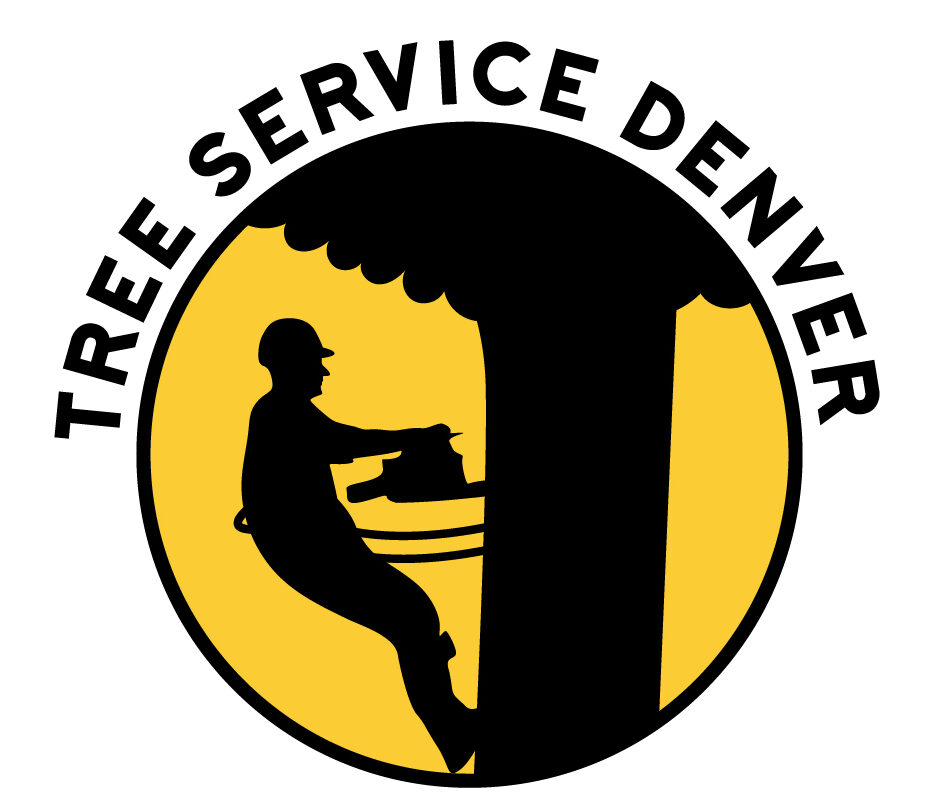Imagine your yard with no unsightly tree stumps, just a lush, stump-free landscape. Is there a home solution to achieve this dream? You're in luck! In this article, we'll delve into various methods, from DIY techniques to effective chemical solutions and eco-friendly remedies.
Discover how to assess the size and condition of the stump and learn tips to prevent future growth and regrowth.
Get ready to reclaim your yard and bid farewell to those stubborn tree stumps.
Key Takeaways
- Assess the size, condition, and stability of the stump before choosing a removal method
- Consider using DIY methods such as stump grinding, burning with chemicals, or manual removal for smaller stumps
- Chemical stump removers containing potassium nitrate can accelerate decomposition but require caution and can harm surrounding vegetation
- Natural remedies like digging out the stump, using Epsom salt or organic herbicides are eco-friendly alternatives for removing tree stumps
Assessing the Stump: Understanding the Size and Condition
You should examine the stump to determine its size and condition. Assessing the stump is an essential step in understanding the scope of the stump removal project. Before you can make any decisions about how to remove the stump, it's crucial to assess its size and condition.
When assessing the stump, one factor to consider is the size of the stump. The size of the stump will have an impact on the cost of removal. Larger stumps may require more equipment and manpower, which can increase the overall cost. It's important to accurately measure the diameter and height of the stump to get an estimate of the size.
Another factor to consider is the condition of the stump. A rotted or decayed stump may be easier to remove compared to a healthy and solid one. The condition of the stump will also affect the tools and techniques that can be used for removal. It's essential to evaluate the health and stability of the stump to determine the best approach for removal.
When it comes to hiring professional stump removal services, there are a few tips to keep in mind. First, research and compare different companies to get an idea of the cost and services they offer. It's important to get multiple quotes and ask for references from previous clients. Additionally, make sure the company is insured and has the necessary experience and equipment for the job.
With a clear understanding of the size and condition of the stump, you can now transition into the subsequent section about DIY stump removal methods, tools, and techniques. It's important to consider all options and choose the best approach based on the specific characteristics of the stump.
DIY Stump Removal Methods: Tools and Techniques
Once you have assessed the size and condition of the stump, it's important to familiarize yourself with the DIY stump removal methods, tools, and techniques available. There are several options you can consider to remove a tree stump from your property.
Here are four popular methods that you can try:
- Stump Grinding: Stump grinding is a common method used to remove tree stumps. This process involves using a stump grinder, a powerful machine that grinds the stump down to small wood chips. It's important to wear protective gear, such as goggles and gloves, when using a stump grinder. You can rent a stump grinder from a local equipment rental store or hire a professional to do the job for you.
- Burning Stumps: Burning a stump is another DIY method you can try. This technique involves drilling holes into the stump and filling them with a stump remover chemical or kerosene. After allowing the chemicals to soak into the stump, you can ignite it with a match or a torch. It's crucial to take safety precautions and check local regulations before attempting this method.
- Chemical Removal: Chemical stump removers are available in the market and can be used to speed up the decomposition process. These chemicals work by breaking down the stump from the inside out. It's important to follow the instructions provided by the manufacturer and use protective gear when handling these chemicals.
- Manual Removal: For smaller stumps, manual removal can be an effective option. This method involves using a combination of tools such as an ax, shovel, and digging bar to dig around the stump and cut through the roots. With persistence and effort, you can gradually loosen the stump and remove it from the ground.
Effective Chemical Solutions: What Works and What Doesn't
An effective chemical solution for getting rid of tree stumps is using a stump remover. Stump removers are chemical substances that accelerate the natural decomposition process of the stump, making it easier to remove. These products typically contain potassium nitrate, which helps to break down the wood fibers and make the stump softer. While chemical solutions can be effective in removing stumps, it is important to consider the pros and cons of using them compared to natural solutions.
Here is a table outlining the pros and cons of chemical and natural solutions for stump removal:
| Chemical Solutions | Natural Solutions |
|---|---|
| Pros: | Pros: |
| – Faster process | – Environmentally friendly |
| – Requires less physical effort | – Does not involve the use of chemicals |
| – Can be more effective on larger stumps | – Can be cost-effective |
| Cons: | Cons: |
| – Requires caution when handling chemicals | – Slower process |
| – May harm surrounding vegetation if not used properly | – Requires more physical effort |
| – Can be more expensive | – May not be as effective on larger stumps |
When considering chemical solutions, it is crucial to follow the instructions carefully and take necessary safety precautions. While they can be effective and save time, they may also pose risks to the environment and require additional care in their application. On the other hand, natural solutions may take longer and require more physical effort, but they are often more environmentally friendly and cost-effective. Ultimately, the choice between chemical and natural solutions for stump removal depends on individual preferences and circumstances.
Natural Remedies: Eco-Friendly Ways to Remove Stumps
If you're looking to remove stumps from your yard, but want to do it in an eco-friendly way, there are natural remedies that can help. Using eco friendly alternatives for stump removal not only ensures that you're taking care of the environment, but it also eliminates the need for harmful chemicals. Here are four organic stump removal methods that are effective and safe for the environment:
- Digging: One of the most straightforward ways to remove a stump is by digging it out. Start by using a shovel or an ax to expose the roots around the stump. Once the roots are exposed, use a saw or an ax to cut them. Then, use a pry bar or a stump puller to remove the stump from the ground. This method requires physical effort, but it's a natural and eco-friendly way to get rid of stumps.
- Epsom Salt: Epsom salt is a natural substance that can help speed up the decomposition of stumps. Drill several holes in the stump and fill them with Epsom salt. Then, cover the stump with a tarp or a plastic bag to create a moist environment. Over time, the salt will break down the wood, making it easier to remove the stump.
- Boiling Water: Boiling water is a simple and effective way to kill the roots of a stump. Start by drilling holes in the stump and filling them with boiling water. The hot water will penetrate the wood and kill the roots, eventually causing the stump to decay.
- Organic Herbicides: There are organic herbicides available on the market that can help speed up the decay process of stumps. These herbicides contain natural ingredients such as vinegar, salt, or citrus oil, which are safe for the environment. Apply the herbicide to the stump according to the instructions on the product, and let it work its magic.
Maintaining Stump-Free Yard: Preventing Future Growth and Regrowth
To ensure a stump-free yard, you should regularly inspect for any signs of regrowth and promptly take action to prevent future growth. Even after you have successfully removed the tree stump from your yard, there's still a possibility of new growth sprouting. By following a few simple steps, you can effectively maintain a stump-free yard and prevent any future growth or infestations.
One important step is to monitor the area where the stump was removed. Keep an eye out for any small shoots or sprouts that may appear around the stump. These can be signs of regrowth and should be dealt with immediately. To prevent future growth, you can apply a herbicide to the area to inhibit the growth of new shoots. Be sure to follow the instructions on the herbicide label and use it carefully to prevent any harm to surrounding vegetation.
Another method to maintain a stump-free yard is to consider stump grinding alternatives. Instead of grinding the stump down to the ground level, you can opt for complete stump removal. This involves removing the entire root system of the tree, ensuring that there are no remnants left behind that could potentially lead to regrowth. While this method may be more labor-intensive and costly, it provides a more permanent solution to prevent future growth.
Lastly, it's essential to keep your yard well-maintained and free from any debris or organic matter that could promote regrowth. Regularly rake up fallen leaves, twigs, and other yard waste to prevent them from accumulating around the stump. This will help create an environment that's less conducive to new growth and reduce the risk of infestations.
Conclusion
In conclusion, removing tree stumps from your yard can be a daunting task, but with the right tools and techniques, it can be accomplished effectively.
Whether you choose to use DIY methods, chemical solutions, or natural remedies, it's important to assess the size and condition of the stump before proceeding.
By taking proactive steps to prevent future growth and regrowth, you can maintain a stump-free yard and enjoy a picturesque landscape.
Remember, Rome wasn't built in a day, but neither was your dream garden.





